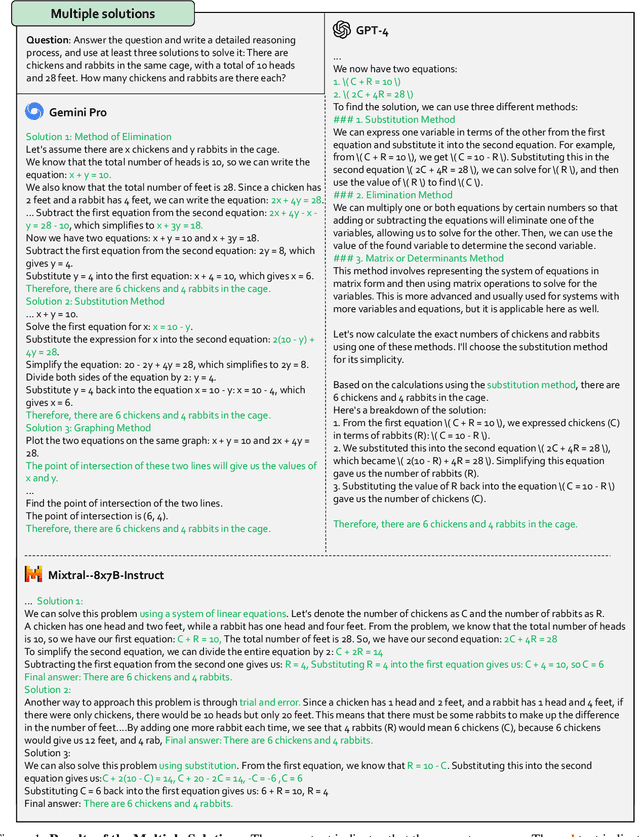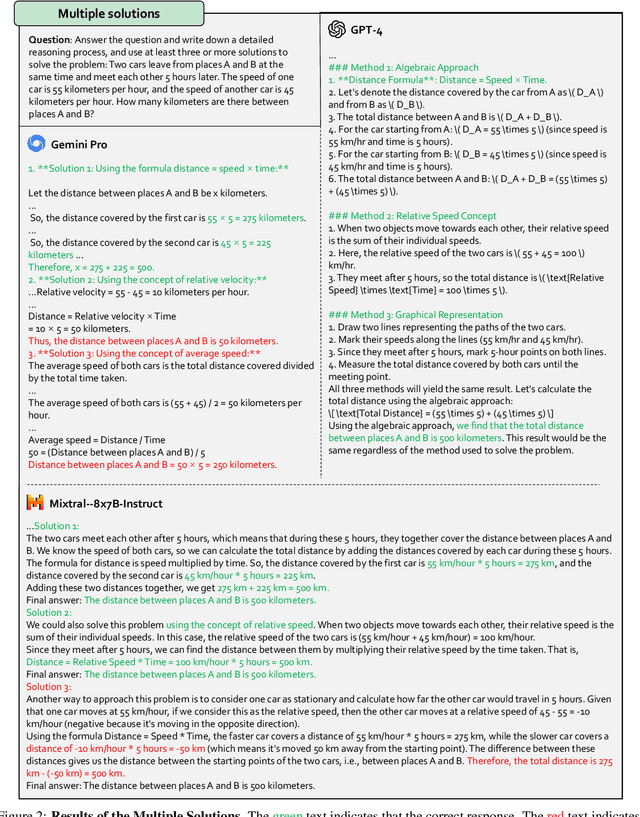Qibing Ren
Derail Yourself: Multi-turn LLM Jailbreak Attack through Self-discovered Clues
Oct 14, 2024



Abstract:This study exposes the safety vulnerabilities of Large Language Models (LLMs) in multi-turn interactions, where malicious users can obscure harmful intents across several queries. We introduce ActorAttack, a novel multi-turn attack method inspired by actor-network theory, which models a network of semantically linked actors as attack clues to generate diverse and effective attack paths toward harmful targets. ActorAttack addresses two main challenges in multi-turn attacks: (1) concealing harmful intents by creating an innocuous conversation topic about the actor, and (2) uncovering diverse attack paths towards the same harmful target by leveraging LLMs' knowledge to specify the correlated actors as various attack clues. In this way, ActorAttack outperforms existing single-turn and multi-turn attack methods across advanced aligned LLMs, even for GPT-o1. We will publish a dataset called SafeMTData, which includes multi-turn adversarial prompts and safety alignment data, generated by ActorAttack. We demonstrate that models safety-tuned using our safety dataset are more robust to multi-turn attacks. Code is available at https://github.com/renqibing/ActorAttack.
Exploring Safety Generalization Challenges of Large Language Models via Code
Mar 14, 2024Abstract:The rapid advancement of Large Language Models (LLMs) has brought about remarkable capabilities in natural language processing but also raised concerns about their potential misuse. While strategies like supervised fine-tuning and reinforcement learning from human feedback have enhanced their safety, these methods primarily focus on natural languages, which may not generalize to other domains. This paper introduces CodeAttack, a framework that transforms natural language inputs into code inputs, presenting a novel environment for testing the safety generalization of LLMs. Our comprehensive studies on state-of-the-art LLMs including GPT-4, Claude-2, and Llama-2 series reveal a common safety vulnerability of these models against code input: CodeAttack consistently bypasses the safety guardrails of all models more than 80% of the time. Furthermore, we find that a larger distribution gap between CodeAttack and natural language leads to weaker safety generalization, such as encoding natural language input with data structures or using less popular programming languages. These findings highlight new safety risks in the code domain and the need for more robust safety alignment algorithms to match the code capabilities of LLMs.
From GPT-4 to Gemini and Beyond: Assessing the Landscape of MLLMs on Generalizability, Trustworthiness and Causality through Four Modalities
Jan 29, 2024



Abstract:Multi-modal Large Language Models (MLLMs) have shown impressive abilities in generating reasonable responses with respect to multi-modal contents. However, there is still a wide gap between the performance of recent MLLM-based applications and the expectation of the broad public, even though the most powerful OpenAI's GPT-4 and Google's Gemini have been deployed. This paper strives to enhance understanding of the gap through the lens of a qualitative study on the generalizability, trustworthiness, and causal reasoning capabilities of recent proprietary and open-source MLLMs across four modalities: ie, text, code, image, and video, ultimately aiming to improve the transparency of MLLMs. We believe these properties are several representative factors that define the reliability of MLLMs, in supporting various downstream applications. To be specific, we evaluate the closed-source GPT-4 and Gemini and 6 open-source LLMs and MLLMs. Overall we evaluate 230 manually designed cases, where the qualitative results are then summarized into 12 scores (ie, 4 modalities times 3 properties). In total, we uncover 14 empirical findings that are useful to understand the capabilities and limitations of both proprietary and open-source MLLMs, towards more reliable downstream multi-modal applications.
Mind Your Solver! On Adversarial Attack and Defense for Combinatorial Optimization
Dec 28, 2021



Abstract:Combinatorial optimization (CO) is a long-standing challenging task not only in its inherent complexity (e.g. NP-hard) but also the possible sensitivity to input conditions. In this paper, we take an initiative on developing the mechanisms for adversarial attack and defense towards combinatorial optimization solvers, whereby the solver is treated as a black-box function and the original problem's underlying graph structure (which is often available and associated with the problem instance, e.g. DAG, TSP) is attacked under a given budget. In particular, we present a simple yet effective defense strategy to modify the graph structure to increase the robustness of solvers, which shows its universal effectiveness across tasks and solvers.
 Add to Chrome
Add to Chrome Add to Firefox
Add to Firefox Add to Edge
Add to Edge